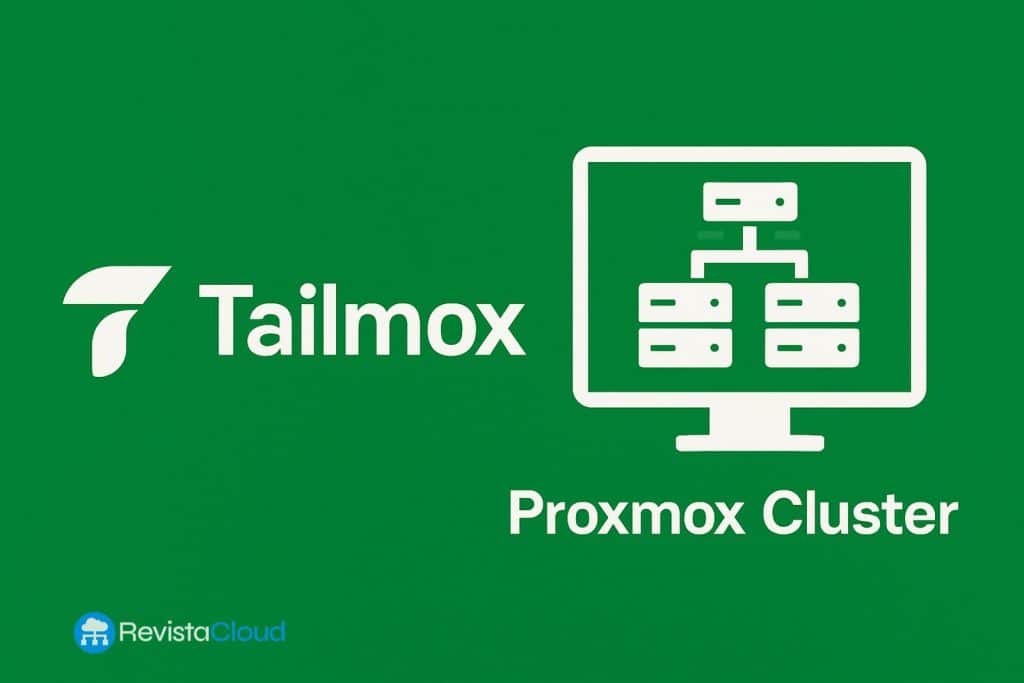A new open source tool is challenging long-held assumptions in the Proxmox community by enabling clusters of Proxmox VE 8 servers distributed across different geographical locations. The project, named Tailmox, leverages Tailscale to create a secure mesh network between nodes, making it possible for distant hosts to form a single, cohesive cluster.
Solving an Old Problem with a Bold Approach
Clustering in Proxmox relies on Corosync, which has long been thought to require low-latency, LAN-level connectivity between nodes. This limitation has historically prevented administrators from building clusters with nodes in separate cities—or even countries. But Tailmox challenges this notion, demonstrating through real-world use that it is indeed possible with careful configuration.
The developer behind Tailmox has been running such a setup for about a year, with one node based in the European Union and another operating from the United States, reporting minimal issues that were easy to work around.
“My experience with issues in this kind of cluster has been minimal, but it’s just me and a few Proxmox hosts in a unique case study,” notes the project creator.
How Tailmox Works
Tailmox uses Tailscale tags to identify machines participating in the cluster and automatically configures Access Control Lists (ACLs) to allow communication over the necessary ports: TCP 22, TCP 8006, and UDP 5405–5412.
It also integrates with the tailscale-cert-services project to generate and manage certificates, securing communication between nodes and ensuring compatibility with Proxmox’s web interface and API.
The main script, tailmox.sh, checks that the host is running Proxmox VE 8, installs dependencies and Tailscale, and configures secure communication. It scans for other tagged Tailscale machines and, if they are part of a cluster, attempts to join. If no cluster is found, it prompts the user to create a new one.
Important Warnings
The developer emphasizes that Tailmox is for development, testing, and research purposes only. There are no guarantees it will work in all environments, particularly on systems with pre-existing configurations. Users are strongly encouraged to test it in clean Proxmox installations only.
Furthermore, because Corosync is latency-sensitive, setups with latency over 200–300 ms may lead to quorum issues. In such cases, it may be necessary to temporarily disable Corosync on certain nodes until network performance improves.
Availability
Tailmox is open source and publicly available on GitHub:
🔗 https://github.com/willjasen/tailmox
The repository includes:
- The main
tailmox.shscript - A test script
revert_test_vms.shfor reverting VMs to a pre-cluster state - Step-by-step installation instructions
- Example ACLs and DNS configurations for Tailscale
Redefining Distributed Virtualization
Tailmox offers a compelling solution for IT professionals managing hybrid or globally distributed infrastructure. While not without limitations, this project proves that clustering across locations is no longer science fiction, but an achievable experiment for the brave and curious.
As the Proxmox community continues to debate the limits of Corosync, Tailmox serves as an invitation to explore, test, and rethink the boundaries of infrastructure design.
In an industry where agility and adaptability are key, Tailmox might just be the tool that inspires a new generation of distributed virtualization setups.
Source: Tailmox, clústeres con Proxmox

